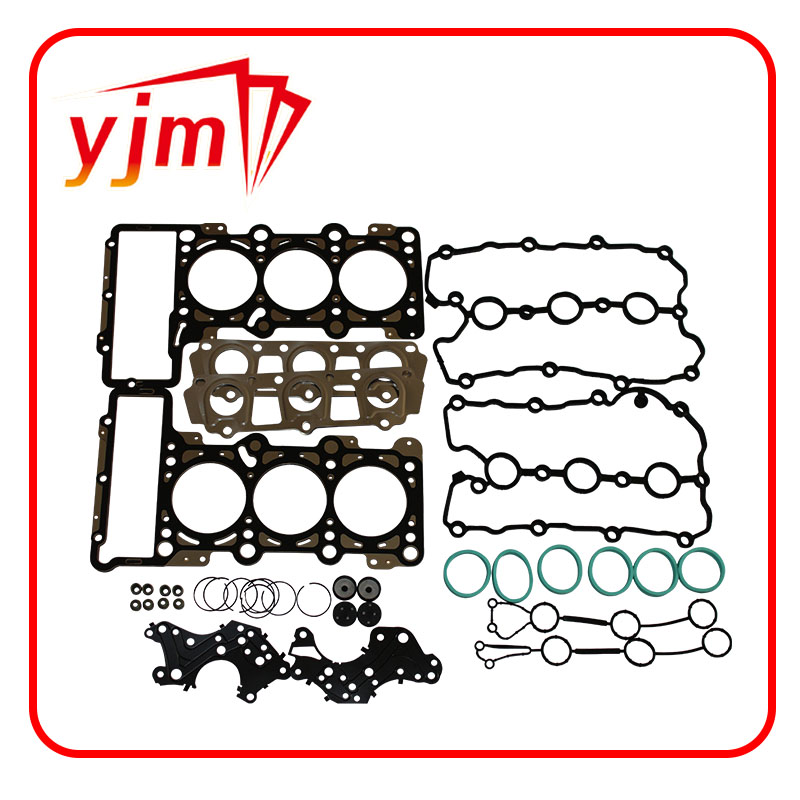Understanding the Importance of Shock Absorber Oil Seals in Vehicle Performance
Understanding Shock Absorber Oil Seals An Essential Component for Vehicle Performance
Shock absorbers are critical components in any vehicle's suspension system, designed to absorb and dampen the impact of road irregularities, providing a smoother ride for passengers. At the heart of a shock absorber's functionality lies an essential but often overlooked part the oil seal. This article delves into the significance of shock absorber oil seals, their operation, and their impact on vehicle performance.
What is a Shock Absorber Oil Seal?
A shock absorber oil seal is a protective component that prevents the hydraulic fluid within the shock absorber from leaking out while simultaneously keeping contaminants such as dirt and moisture from entering the unit. Typically made from durable materials like rubber or polyurethane, these seals play a vital role in maintaining the shock absorber's functionality and prolonging its lifespan.
Functionality of Oil Seals
The primary function of an oil seal in a shock absorber is to maintain a closed hydraulic system. Shock absorbers work by using hydraulic fluid to transfer energy absorbed from road shocks to create resistance against the compression and rebound of the suspension spring. The oil seal ensures that this hydraulic fluid does not escape, which could lead to diminished performance or even complete failure of the shock absorber.
In addition to retaining the fluid, the oil seal also acts as a barrier against external elements. Contaminants such as dust, dirt, and moisture can significantly hinder the performance of a shock absorber, leading to corrosion or internal wear. By keeping these elements out, oil seals help maintain the integrity of the shock absorber over time.
Importance of Quality
The effectiveness of shock absorber oil seals greatly depends on their quality. High-quality seals are designed to withstand extreme temperatures and pressures generated within the shock absorber during its operation. They are also engineered to resist wear and tear from various environmental factors. Investing in high-quality oil seals can prevent common issues like fluid leakage and contamination, ultimately enhancing vehicle performance and safety.
Signs of a Failing Oil Seal
shock absorber oil seal

Over time, even the best oil seals can wear out. A few warning signs indicate the need for inspection or replacement
1. Fluid Leaks One of the most obvious signs of a failing oil seal is hydraulic fluid leaking from the shock absorber. This can lead to reduced damping performance and increase the risk of shock absorber failure.
2. Excessive Bouncing If the vehicle bounces excessively after hitting bumps or potholes, it could indicate that the shock absorbers are not functioning correctly, potentially due to a faulty oil seal.
3. Visual Damage Inspecting the oil seal itself can reveal cracks, tears, or signs of wear. If visible damage is present, it’s time for a replacement.
4. Noisy Operation Increased noise when driving over bumps may signal that the oil seal is no longer effective in cushioning the impact, again likely due to fluid loss.
Replacement and Maintenance
Regular maintenance of shock absorbers includes checking and potentially replacing the oil seals. Depending on the vehicle and driving conditions, oil seals can last several years. However, routine inspections can catch problems early, preventing more significant issues down the road.
When replacing oil seals, it is usually advisable to replace the shock absorbers simultaneously if they have reached a point of deterioration. This ensures optimal performance and safety.
Conclusion
Shock absorber oil seals might not be the most glamorous component of a vehicle, but they are crucial for the overall performance, safety, and comfort of any automobile. Understanding their role and maintaining their condition can lead to a more pleasant driving experience and potentially extend the life of your vehicle's suspension system. For anyone who values a smooth ride, investing time in the care of shock absorber oil seals is well worth the effort.
-
Engine Crankshaft Oil Seal 9031138096: Reliable Leak Protection
News Aug.30,2025
-
Cassette Seal: Integrated Solutions for Heavy Duty
News Aug.29,2025
-
Premium Automotive Oil Seals Suppliers | Durable & Precision
News Aug.28,2025
-
Oil Drain Plug Washer Reusable Types
News Aug.22,2025
-
Oil Drain Plug Replacement Guide
News Aug.22,2025
-
Heavy Duty Seal Waterproof Features
News Aug.22,2025
-
Engine Oil Seals Installation Guide
News Aug.22,2025
Products categories















